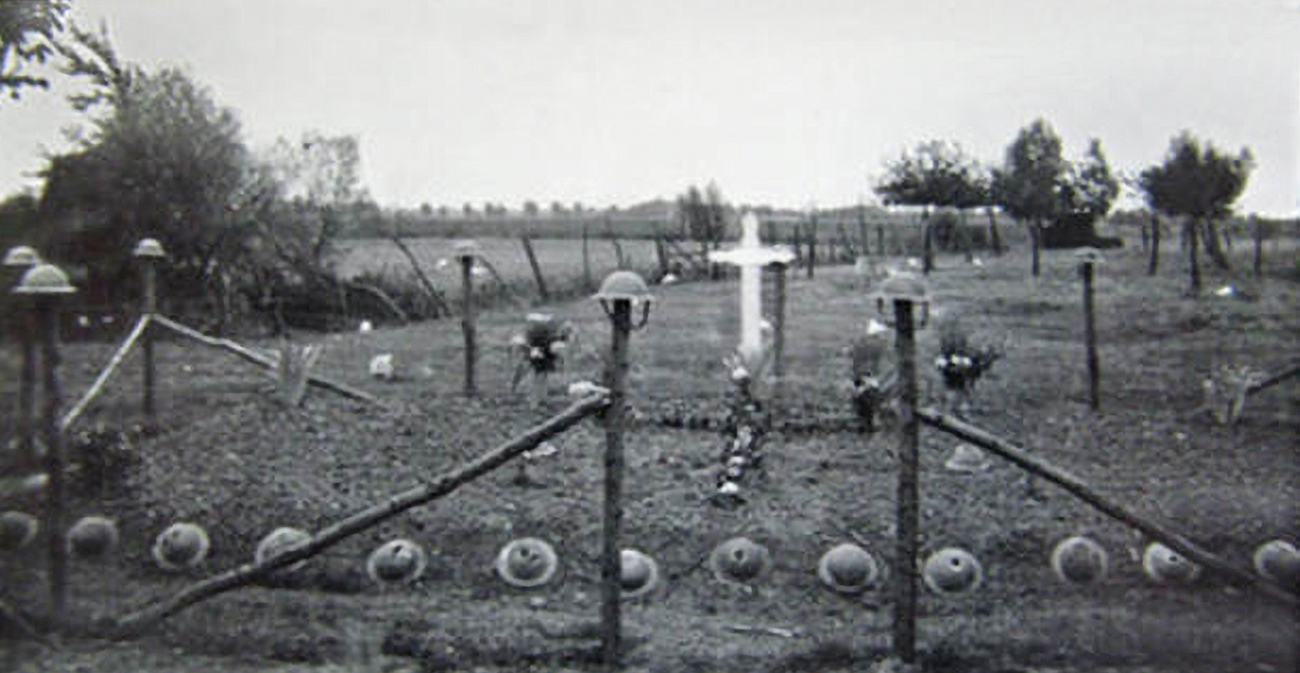The mere mention of Germany’s role in World War II evokes images of mass slaughter, concentration camps, and people being herded like animals into ghettos and labor camps.
The Nazis committed unspeakable atrocities. But there was one German leader went too far even for his fellow officers. And that was in the massacre at Le Paradis, in France, in June 1940.
The episode began with the evacuation of thousands of British troops at Dunkirk. Not every soldier was fortunate enough to be on one of those boats. Some had to stay, to help “buy time” for the men who were going.
Two units, the British 2nd Battalion of the Royal Norfolk Regiment and the 8th Lancaster Fusiliers, had to man three French villages to help keep the Allies’ position secure.
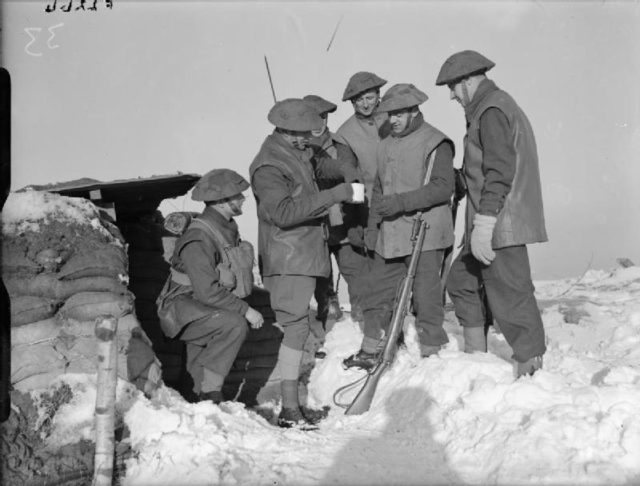
One of those villages was Le Paradis. The name “Paradise” is especially ironic in light of what happened there that hot summer day in June 1940.
These men knew the odds of rescue, but they had a duty to protect the Allies’ position in France. The two units settled in at a farmhouse, Cornet Farm, by the Paradise Road. Just across that road were their comrades, the Royal Scots. They knew their spot was precarious at best, but they dug trenches and held firm.
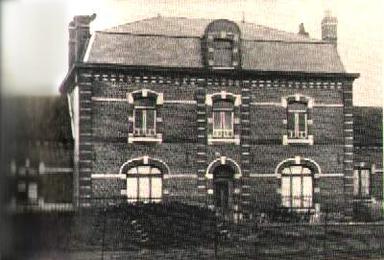
Unfortunately for them, they were soon to meet Theodore Eicke. This was the man whom even the Nazis felt was cruel and overzealous. He was head of the Totenkopf, one of the German Army’s most brutal forces.
There were two German units at Cornet Farm that day. Eicke led one unit while Fritz Knöchlein, deputy head of the Totenkampf, led the other. They attacked, and though the British and Scottish men fought hard, they soon ran out of ammunition.
Major Lisle Ryder ordered his men to surrender. Shortly thereafter, the Scots followed suit.
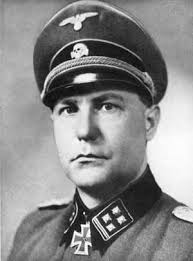
Llorenzi – CC BY-SA 4.0
Knöchlein was a terrible man. He thrived in the gung-ho fanatical atmosphere of the Totenkampf. He demanded that the Allied soldiers surrender all weapons, then forced them to march to a nearby barn. He lined them up then had them shot. Almost 100 men were killed.
It was a flagrant violation of conduct regulations, which stated that soldiers who surrendered were to be taken as prisoners of war (POWs). He told his men to be certain that none survived. If shooting failed, the prisoners should be stabbed.
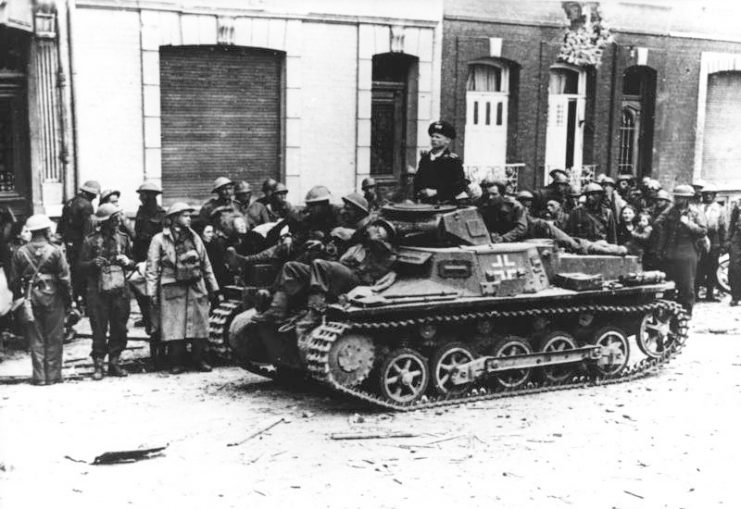
A journalist had seen the episode but mistakenly believed the men had received a fair trial. Word about the incident soon spread, and at least one Nazi officer, General Erich Hoepner, tried to have Eicke dismissed for his actions. Nothing came of it, and Eicke and Knöchlein went unpunished.
Little did the German officers know that two men had survived the ordeal by playing dead: Albert Pooley and William O’Callaghan. Pooley lost a leg as a result of the gunshot, but both managed to escape with their lives.
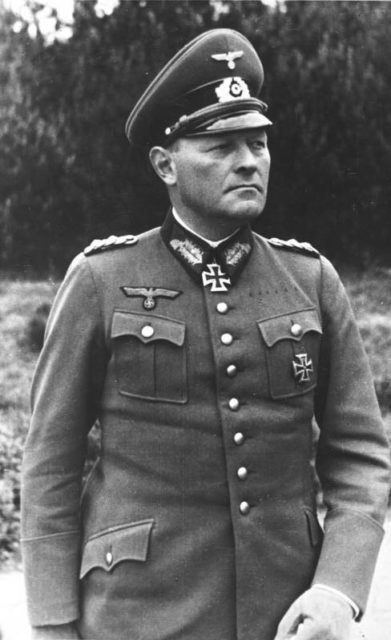
After receiving help from the farmer’s wife and son, they were taken as POWs by a passing German patrol. Pooley was sent back to Britain in 1943 because of his leg, but O’Callaghan remained as a POW for the rest of the war.
Although Pooley told the story of what had happened, no army officials believed him. It took a long time, but eventually Pooley was vindicated when he returned to France in 1946 and found other witnesses to the massacre.
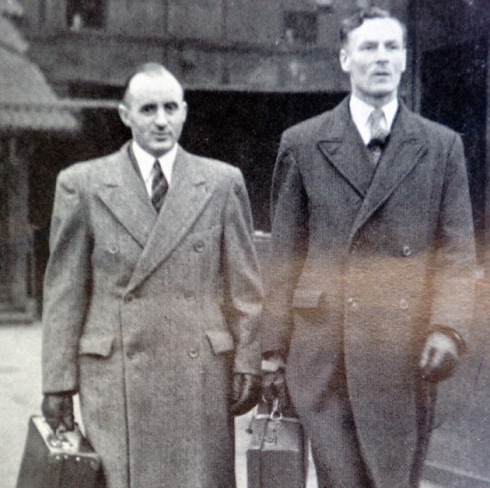
Pooley and the witnesses repeated their story to the War Crimes Investigation Unit in London, which then tracked down Knöchlein. He was living a quiet life as a civilian when the British knocked on his door and took him to prison at the London District POW Cage.
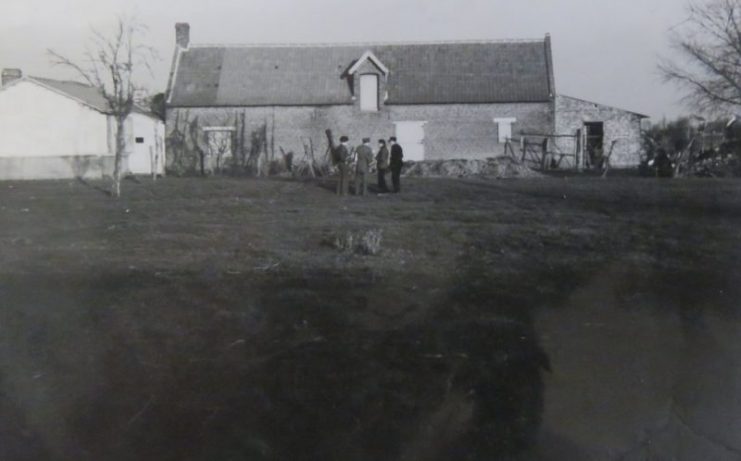
All bullies are cowards beneath the surface and Knöchlein was no different. He denied ever being at Le Paradis, let alone giving orders to have almost 100 men slaughtered. When witnesses told the court what really happened, Knöchlein began inventing excuses.
First, he told the court that the killings were justifiable because the British soldiers had used “dum dum” bullets, which were expressly forbidden by the Hague Convention. (They had not.)
Then he claimed that the British had set up his soldiers by pretending to surrender, then gunning them down. (Again, they did not).
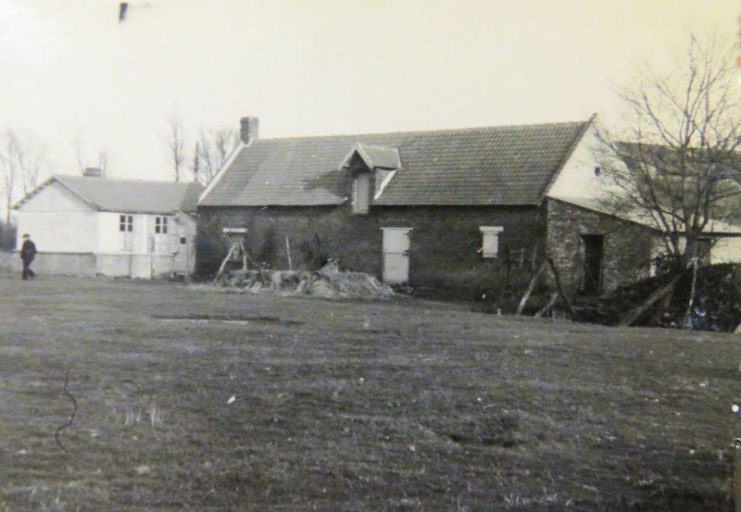
In a desperate bid to save his own skin, Knöchlein also insisted his current jailers were guilty of beating him and inflicting psychological torture.
The court saw these accusations for what they were: an attempt to outwit justice by someone with a ruthless disregard for the lives of others. The court sentenced him to death, and Knoöhlein was hanged for war crimes on January 28, 1949.
Of all the men involved in the terrible events of that day, only Knöchlein had to answer for the massacre.
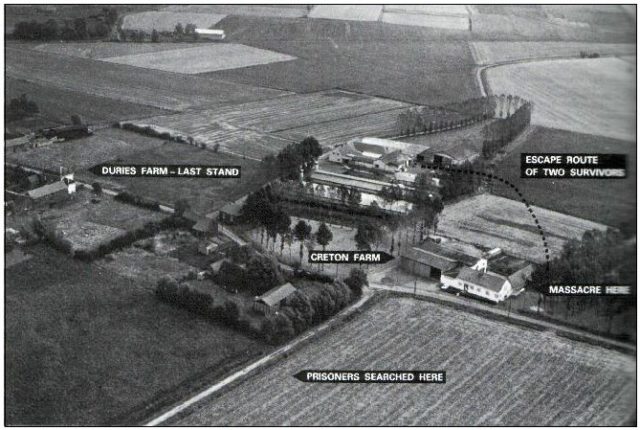
It’s fair to ask: what happened to Eicke? And what of all the other war criminals who did not play by the internationally accepted rules of war? Did they get out, or simply melt back into civilian life?
It’s impossible to know whether all the men at Le Paradise – or all the men who committed war crimes elsewhere during the conflict – were made to answer for their grave misdeeds. But at least Knöchlein was one man who didn’t escape justice.
